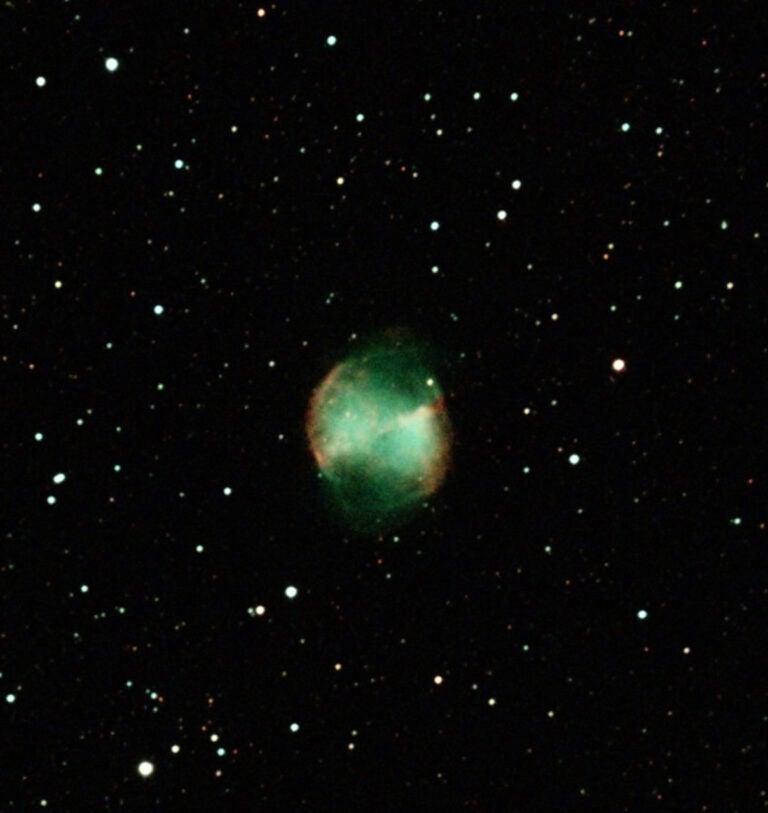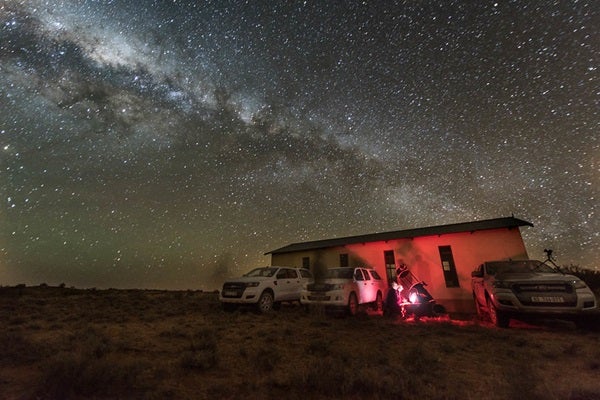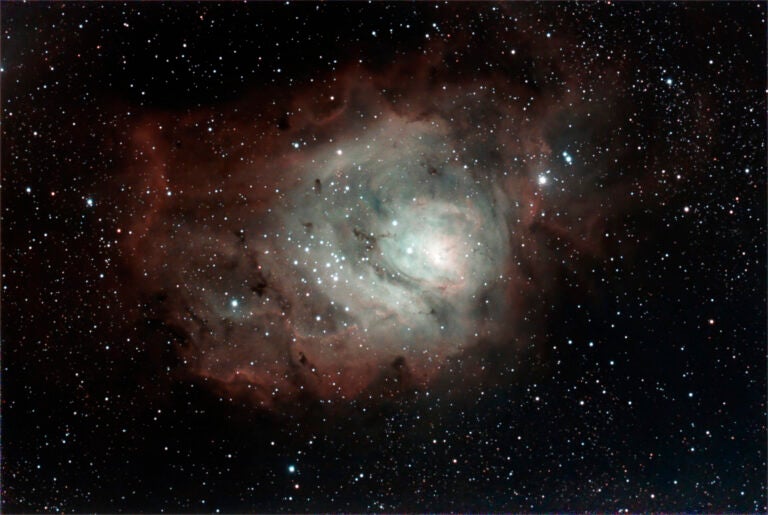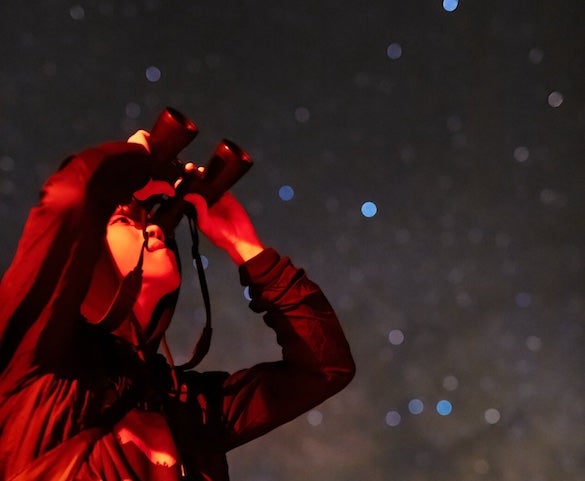A 2″ eyepiece delivers a wider true field of view (the actual amount of sky visible) than a 1¼” eyepiece of the same focal length. Two factors determine the true field: the telescope’s focal length and the diameter of the eyepiece’s field stop. A field stop is a centered, circular opening in front of the eyepiece’s front (or field) lens. The bigger the field stop, the more sky you’ll see.
The only limit to field stop size is the inside diameter of the eyepiece’s barrel. So, for example, a 20mm 2″ eyepiece will show more sky than a 20mm 1¼” eyepiece through the same telescope. What’s more, the magnification through both eyepieces will be the same.
Most observers prefer a wider field that doesn’t sacrifice higher magnification. This really helps skywatchers whose telescopes lack a motorized drive. A wider true field of view means you have to manually move your scope less often to follow objects as Earth rotates. — Michael E. Bakich, Senior Editor










